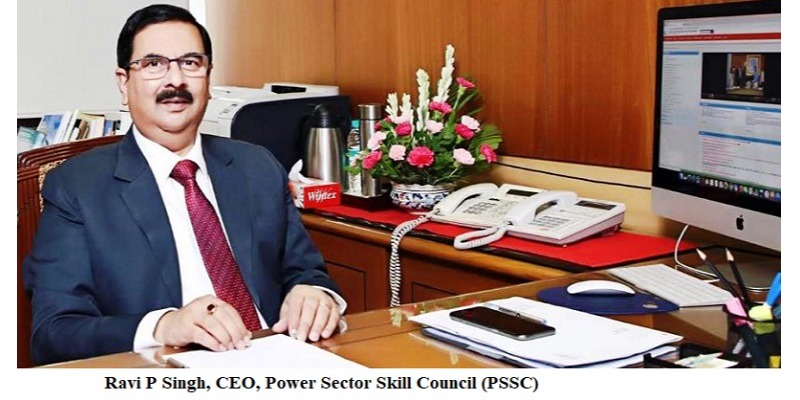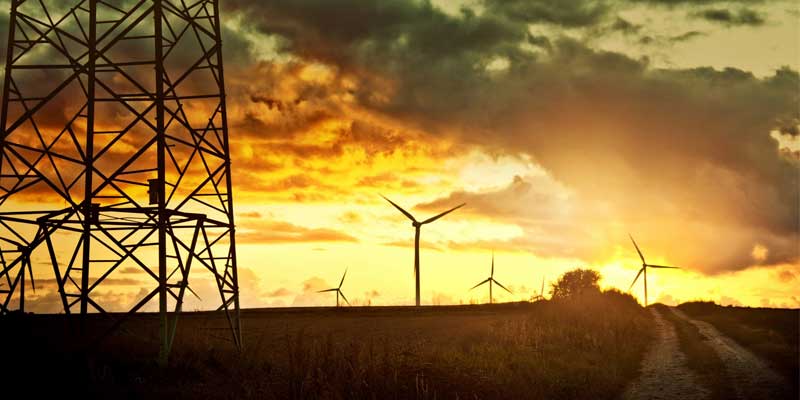Schedule a Call Back
Ravi Singh: Boost in employment is on cards in power sector
 Interviews
Interviews- Sep 29,21

Related Stories

India takes a leap in energy transition with innovations at Elecrama 2025
With over 1,100 exhibitors and presence of leading international players, Elecrama 2025 provided a vital platform to witness cutting-edge innovations in the energy sector. The event further reinforc..
Read more
Elektrolites will be unveiling smart grid solutions in 2025: Anil Saboo
In this interaction, Anil Saboo, CMD, Elektrolites Power Pvt Ltd, explains the trends in the industry and the company's plans for ELECRAMA 2025.
Read more
Indian power sector presents Rs.40 trn investment potential
India power sector has the potential for investment of Rs.40 trillion driven by fast-growing consumption over the next decade.
Read moreRelated Products

Integrated Electric Gripper S Series
IBK Engineers Pvt Ltd offers a wide range of integrated electric gripper S series.

Geared Electric Motors
Delco Fans Pvt Ltd offers single phase capacitor run and three
phase geared Instrument motors, totally enclosed face/foot mounted.

“Kusam-Keco” Partial Discharge Acoustic Imager - Model - Km-pdai
‘Kusam-Meco’ has introduced a new “Partial Discharge Acoustic Imager Model KM-PDAI.















